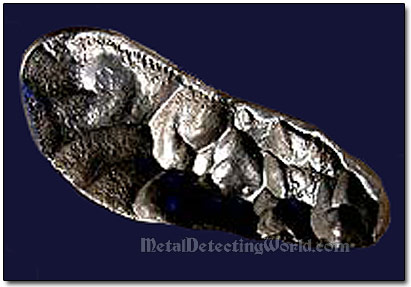METEORITE DETECTING: Meteorite Classification, page 2
Types of Meteorites: Stone, Stony Iron and Iron
There are three meteorite types: Stone, Stony Iron (Stone-and-Iron) and Iron. Stone meteorites are the most common type, referred to as Ordinary Chondrites. They consist of the same material from which the planets formed: minerals rich in silicon and oxygen, with smaller amounts of iron, magnesium, and other elements.
Chondrite meteorites make up about 80% of all meteorites found on earth. There is another type of stone meteorites such as Achondrites which were once part of a large asteroid. This asteroid was large enough to have melted and separated into an iron-rich core and a stony crust. Achondrites come from the outer crust. Other stone type meteorites include carbonaceous chondrites, lunars, martian meteorites, etc.
Stone Meteorite
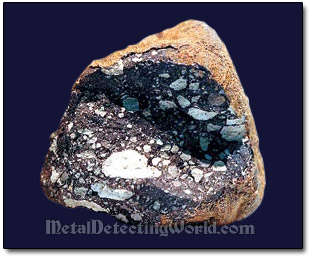
Stony-Iron meteorites were formed from the inner crust of an asteroid and have nearly equal amounts of silicon-based stone and iron-nickel metal. Stony-Iron type includes Mesosiderites and Pallasite meteorites. Mesosiderites consist of about 50% iron and 50% silicate materials. Mesosiderites scatter tiny particles of a silver-white color on the break.
Stony Iron Meteorite
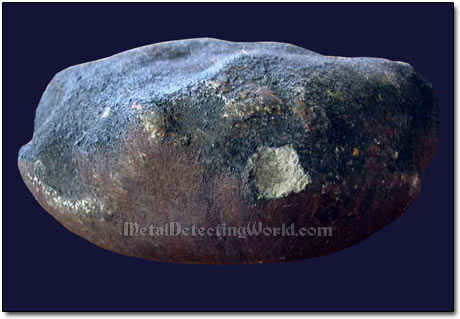
One of the most rare types are Pallasites, meteorites that consist of spectacular and translucent crystals of olivine, the semi-precious gemstone peridot, suspended in a nickel-iron matrix. They account for only about 1% of all known meteorites.
Pallasite Meteorite
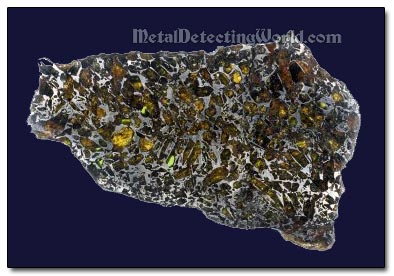
Also, professional meteorite hunters are always on the lookout for crystals in their meteorites because these crystals could be diamonds. The study published in 2006 found that these diamonds were formed by carbon-rich cosmic dust near carbon stars in a supernova explosion prior to the formation of the Solar System. Then the diamonds were incorporated into solid bodies that subsequently fell to Earth as meteorites.
Iron type meteorites were formed from the asteroid's metallic core. They are also rare, but not as rare as Pallasites, and make up only 5% of all known finds. It is almost impossible to tell iron meteorites from usual stones because very often their surface is completely fused and has a grayish or brownish color.
Iron Meteorite
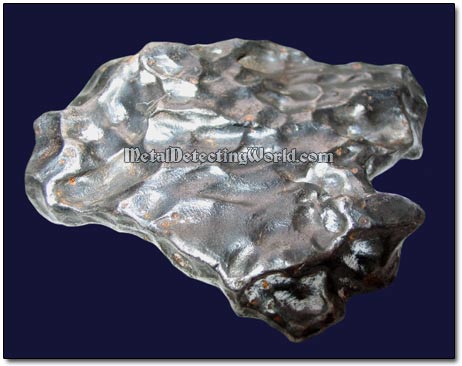
Another type of meteorites sought after by collectors for their beauty and rarity are oriented meteorites. When meteorites hit the Earth's atmosphere, they may be traveling at speeds as high as 17 miles per second. Some meteorites break up under the force of atmospheric pressure, others spin as they approach the earth's surface.
A very few meteorites maintain the same orientation as they burn through our atmosphere and acquire a conical, rounded or bullet-shape as a result of melting and ablation. These shield or rocket nose-shaped meteorites are called oriented meteorites.
Oriented Meteorite
